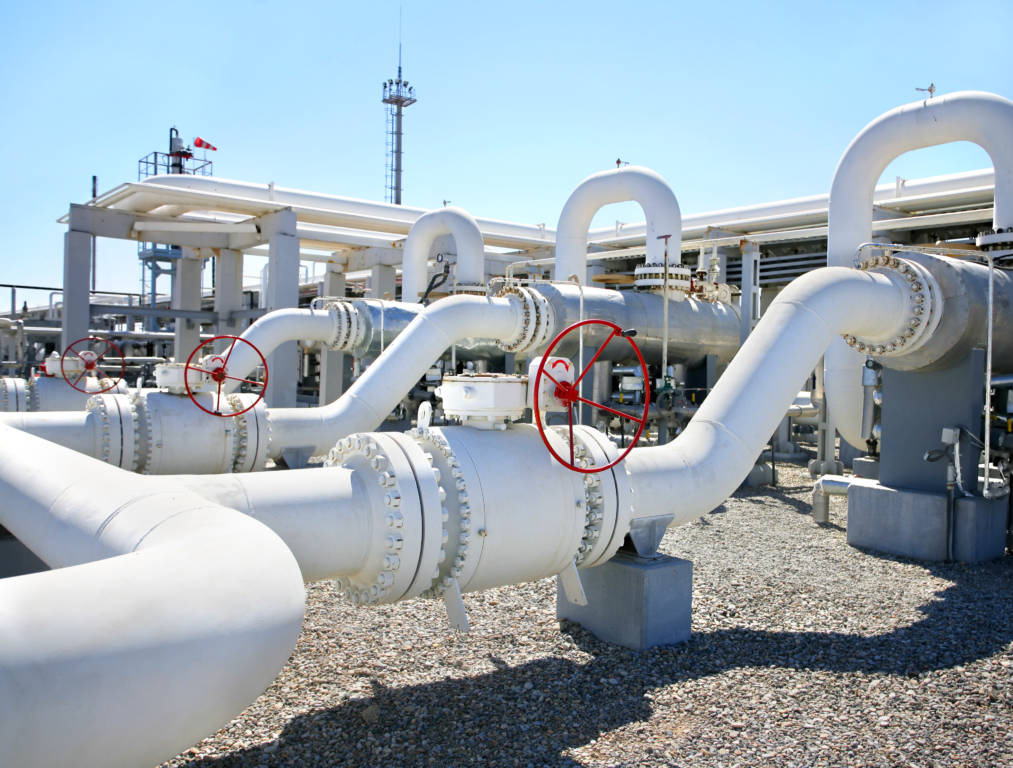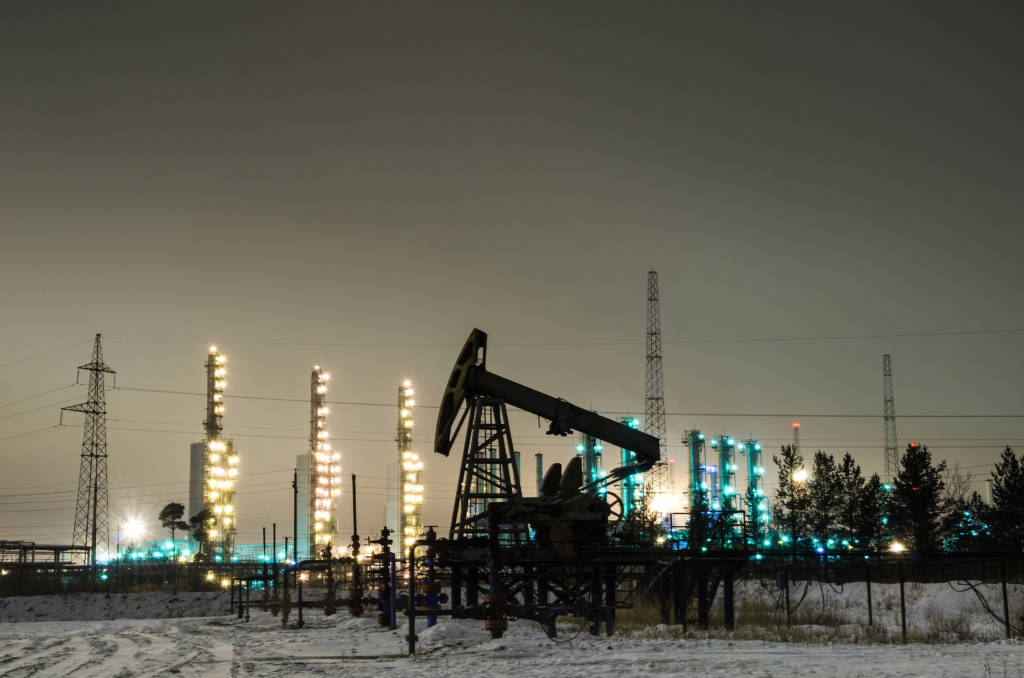Oil & Gas Process Safety
Kenexis stands as the foremost authority in the oil & gas process safety management sector, spanning upstream, mid-stream, and downstream operations globally. Our profound expertise and trailblazing advancements in technical safety engineering have positioned us as the premier partner for companies seeking to fortify their operational safety protocols.
Through our extensive engineering services, publications, and research endeavors, we’ve spearheaded innovative methodologies, including the implementation of safety instrumented functions, and conducted meticulous quantitative risk analyses. Additionally, we’ve taken a proactive stance in addressing critical issues such as the optimal placement of fixed fire and gas detectors to mitigate risks to acceptable levels.
As a result, Kenexis has emerged as the go-to authority for evaluating and mitigating risks inherent in the processing, transportation, and storage of oil and gas products, earning us unparalleled trust and leadership status in the industry.


This is where Kenexis comes in. Kenexis has unparalleled expertise and experience in analyzing the hazards of associated with the oil and gas industry and ensuring that those hazards are appropriately safeguarded. We do this through the application of proven engineering tools and techniques, such as Hazards and Operability Studies (HAZOP), gas dispersion and explosion modeling studies, design of safety instrumented systems to allow for emergency shutdown, placement and design of gas detection and fire detection systems, and facility siting to ensure equipment and occupied buildings are appropriately separated.

Some of the processes for which we have conducted successful analyses and developed safety solutions to ensure the management of Oil & Gas process safety:
Drilling Operations
In recent years, there has been a noticeable surge in equipment density and Connex boxes at drilling sites. While the infusion of additional technology and robotic assistance enhances operational efficiency, it has also heightened the risk factor due to compromised airflow around the drilling platform. The increased equipment presence has led to enclosed spaces where associated gas, alongside mud tank emissions, can accumulate. However, the conventional practice of placing fixed gas detection solely on the mud tank falls short in adequately addressing the heightened risk posed by equipment congestion.
Moreover, the enclosed spaces now harbor a heightened toxic risk, particularly from hydrogen sulfide (H2S) and potentially carbon monoxide.
Effective risk management necessitates initiating a PHA (process hazards analysis) of the drilling rig area and equipment to identify potential causes and consequences. Mapping for fire detection coverage becomes imperative, particularly in densely congested areas prone to gas accumulation. Gas dispersion modeling or, in confined spaces, computational fluid dynamics is essential for pinpointing optimal locations for fixed gas detectors. Given the increased congestion, there’s also a heightened risk of carbon monoxide presence. Facility siting plays a critical role in mitigating potential incident impacts on occupied buildings and the surrounding areas beyond the fence line.
Oil and Gas Production – Onshore and Offshore
Following the completion of drilling operations, the well transitions to the production phase, enabling the extraction of resources over extended periods. The process equipment responsible for managing fluid extraction from the well must be meticulously designed to mitigate a multitude of operational hazards. SIS (Safety instrumented systems) play a crucial role in these facilities, safeguarding against various risks, including the potential for exceedingly high pressures from geological formations that certain plant sections must contend with.
In addition to adhering to safety equipment standards, comprehensive process hazards analyses such as HAZOP and LOPA offer deeper insights into potential hazard scenarios beyond mere regulatory compliance. Given the flammable and often toxic nature of the materials processed in these facilities, the widespread deployment of gas detection equipment is critical. However, ensuring the appropriate number and placement of gas and fire detectors is essential to avoid excessive costs, both in terms of capital expenditure (CAPEX) and operational expenditure (OPEX), which can result from simplistic, prescriptive approaches.
Gas detection and the optimal siting of occupied facilities also necessitate the utilization of dispersion modeling and explosion modeling. These tools aid in making informed decisions regarding the positioning of occupied spaces and implementing safeguards to mitigate the impact of potential material releases.
Oil and Gas Pipelines
Pipelines serve as vital conduits for transporting large quantities of hydrocarbons over extensive distances, offering societal benefits by reducing the presence of trucks and railcars on roads, particularly in densely populated areas. While many pipeline incidents stem from equipment, such as backhoes, inadvertently contacting pipelines and triggering hydrocarbon ignition, a significant portion of accidents occur at pump and compressor stations along the pipeline route and at processing plants. Ensuring the safety of pipelines is paramount to safeguarding the communities traversed by these pipelines. Leakage from pipelines or associated pump and compressor stations can pose significant safety and environmental hazards to local communities.
Effective risk management commences with conducting Process Hazard Analyses (PHA) on the process units and equipment involved in gas processing, coupled with auditing facilities to verify compliance with pertinent local legislation and regulations. Safety Instrumented Systems (SIS) are commonly employed across various points in the process to safeguard equipment, large pumps, and compressors, and prevent containment breaches. Given the presence of flammable and sometimes toxic materials in the process, comprehensive fire detection coverage mapping is essential to strategically position flammable gas, toxic gas, and fire detectors, particularly around areas prone to high probability leaks, such as compressor stations.
Gas dispersion modeling is frequently utilized to determine optimal locations for gas detectors to detect flammable and toxic gases, as well as potentially harmful byproducts like carbon dioxide and carbon monoxide, which can pose particular challenges in indoor settings. Moreover, facility siting plays a pivotal role in minimizing the impact of process incidents on occupied buildings and ensuring that the consequences of events affecting pipelines or associated facilities do not encroach upon neighboring communities.
Natural-gas Processing and Transportation
Gas wells, particularly those involved in shale fracking, yield a diverse array of hydrocarbons alongside methane, the primary product. These additional substances encompass ethane, propane, butane, pentanes, and natural gas liquids (NGL). Before pipeline-grade gas can be dispatched, these materials and accompanying water must undergo gas processing. It’s worth noting that these byproducts often hold substantial value, sometimes surpassing that of the natural gas itself.
While some initial processing may occur at the wellhead before entering gathering pipelines for dry gas, comprehensive gas processing plants are typically required to undertake all necessary separations, storage, and distribution of the various products generated. Processing procedures may involve the utilization of drying units to eliminate water content and cryogenic fractionation for individual component separation. Additionally, sulfur treatment may be necessary depending on the gas’s source.
Gas processing is intricate, entailing comprehensive risk management across all process aspects. As is customary in the oil and gas sector, initiating PHA (process hazards analyses) such as HAZOP and LOPA serves as a fundamental step in determining requisite safeguards. This often leads to the implementation of SIS (safety instrumented systems) aimed at safeguarding equipment against potential containment breaches.
Given the potential for leaks from various process equipment, which could result in the formation of flammable or toxic gas clouds, gas and fire detection is indispensable. Employing fire and gas mapping aids in ensuring the optimal placement and quantity of detectors. Furthermore, facility siting utilizing dispersion and explosion modeling is crucial to ensure that equipment and occupied building layouts are tailored to the plant’s hazard level.
Refining and Upgrading
Before crude oil can be utilized in various industrial and consumer applications, it undergoes refining to transform it into the fundamental components of fuels and chemicals. This refining process takes place at oil refineries. In certain cases, such as with oil sands, crude oil requires upgrading before it can be processed in a conventional refinery.
Within the refinery, crude oil undergoes fractionation to yield multiple grades of products, including naphtha, diesel, and kerosene. Additionally, chemical reactions in various refinery units generate more valuable products by eliminating impurities and breaking down heavier molecules into valuable fuel components. Furthermore, many refineries convert crude oil into feedstocks for petrochemical plants, which produce plastics and other consumer goods through separations and reactions.
Refineries encompass numerous process units, each presenting significant hazards. Throughout the refinery, loss of containment can lead to flammable hazards and potentially toxic hazards resulting from the release of large quantities of hydrogen sulfide during sulfur removal from fuels. Moreover, certain units pose special hazards, such as the use of toxic hydrogen fluoride in certain alkylation units. Understanding the functions of each process unit and the specific hazards they present is crucial for proper analysis and safeguarding.
Kenexis has the necessary expertise in this regard…
Mitigating the risks associated with refining and upgrading operations commences with process hazards analysis, with HAZOP and LOPA being commonplace in refineries. Compliance with refining standards, such as those outlined by the American Petroleum Institute, along with LOPA, leads to the implementation of numerous safety instrumented systems. These systems safeguard against specific process hazards as well as the general hazards associated with processing equipment like compressors and fired heaters. Since loss of containment in most refinery equipment can result in flammability and potential toxic hazards, determining the placement of gas detection and fire detection through fire and gas mapping is a vital component of the process safety program. Given the numerous occupied buildings scattered throughout a typical refinery and their proximity to local communities, dispersion and explosion modeling to determine appropriate facility siting are also essential.
Get in touch with us at [email protected] to discuss your challenges and let us assist you in ensuring the safety and sustainability of your processes.
